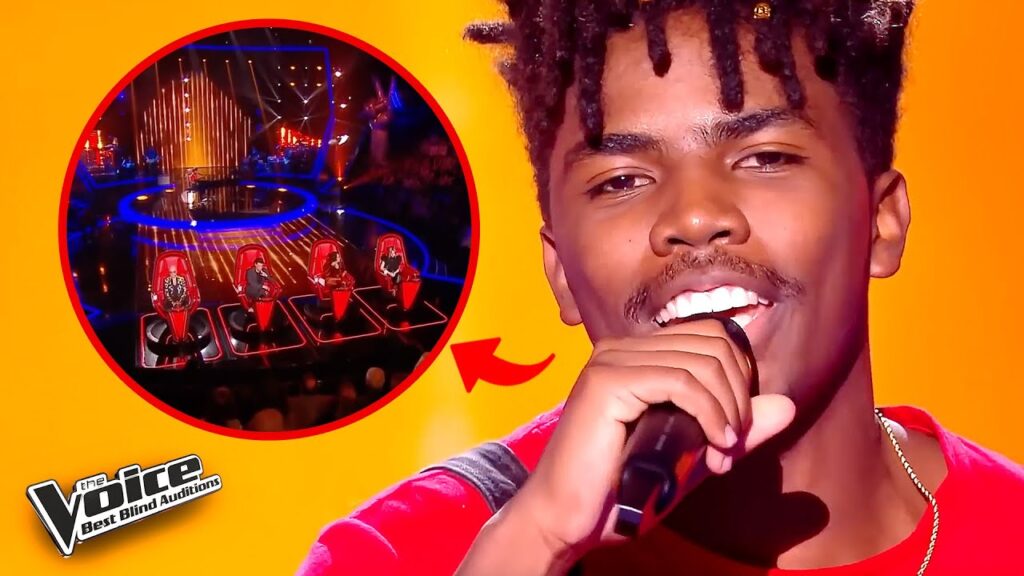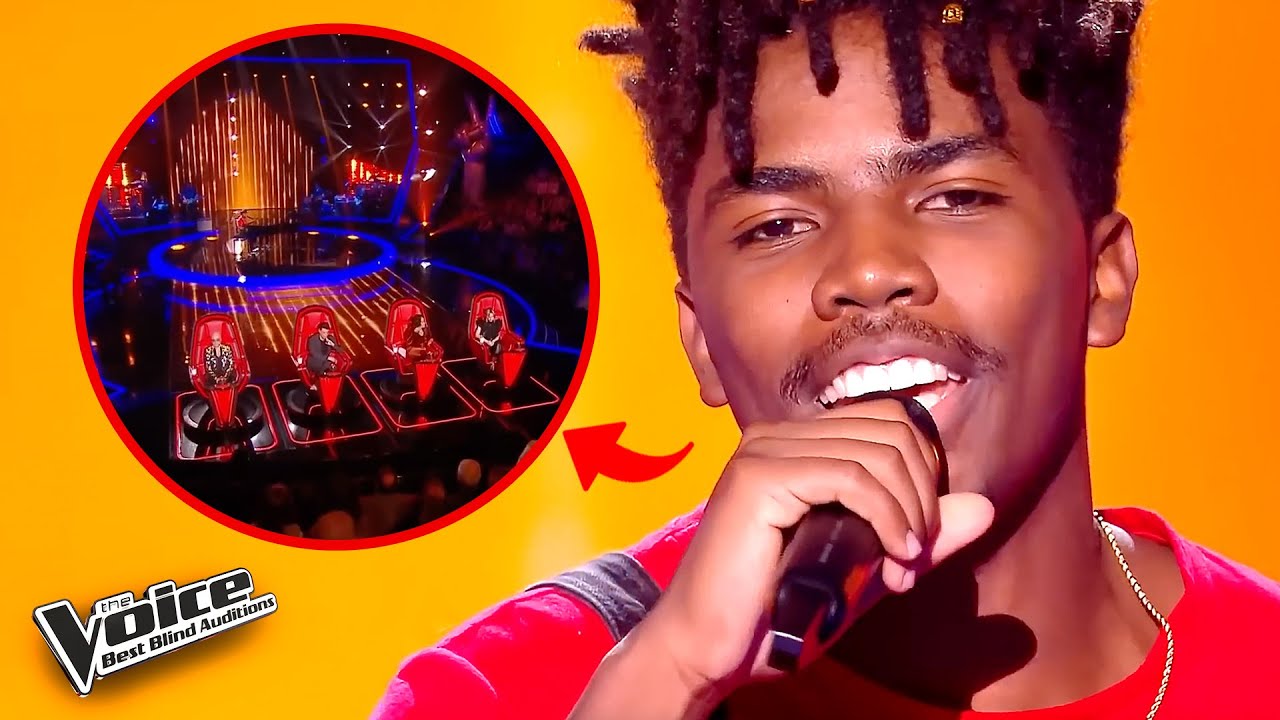
Teens on YouTube: Navigating Content Creation, Consumption, and Concerns
YouTube has become an undeniable force in the lives of today’s teenagers. More than just a platform for watching videos, it’s a social hub, a learning resource, and for some, a potential career path. Understanding the multifaceted relationship between teens on YouTube is crucial for parents, educators, and anyone interested in the evolving digital landscape. This article delves into the various aspects of teens on YouTube, exploring content creation, consumption habits, potential risks, and strategies for responsible engagement.
The Rise of the Teen YouTuber
The allure of becoming a YouTube creator is strong for many teens on YouTube. The platform offers the promise of fame, financial independence, and creative expression. From makeup tutorials and gaming streams to vlogs documenting daily life, the content created by teens on YouTube is diverse and reflects their interests and perspectives. The accessibility of smartphones and readily available editing software has lowered the barrier to entry, allowing almost anyone to become a content creator. However, this ease of access also presents challenges in terms of content quality, originality, and responsible online behavior.
The Appeal of YouTube for Teens
Several factors contribute to the popularity of YouTube among teenagers. Firstly, it provides a sense of community. Teens on YouTube can connect with like-minded individuals, share their passions, and build relationships through comments, live streams, and collaborative projects. Secondly, YouTube offers a vast library of content catering to every conceivable interest. Whether it’s learning a new skill, following a favorite celebrity, or simply seeking entertainment, teens on YouTube can find something to engage with. Finally, the platform’s recommendation algorithm plays a significant role in shaping viewing habits. While this algorithm can be helpful in discovering new content, it can also create echo chambers and expose teens on YouTube to potentially harmful or inappropriate material.
Content Consumption Habits of Teens on YouTube
Understanding how teens on YouTube consume content is essential for addressing potential risks and promoting responsible online behavior. Studies have shown that teenagers spend a significant portion of their day watching videos on YouTube. While some of this time is spent on educational content or creative pursuits, much of it is dedicated to entertainment and social interaction. The platform’s autoplay feature and endless stream of recommended videos can make it difficult for teens on YouTube to disengage, leading to excessive screen time and potential addiction. It’s also important to consider the types of content that teens on YouTube are consuming. While many creators produce positive and informative content, others may promote harmful stereotypes, unrealistic expectations, or dangerous behaviors. [See also: Digital Wellbeing for Teenagers]
Popular Content Categories Among Teens
The types of content that teens on YouTube gravitate towards are constantly evolving, but some categories consistently rank high in popularity. Gaming is a major draw, with many teens on YouTube watching live streams, gameplay videos, and tutorials related to their favorite games. Beauty and fashion content is also highly popular, with makeup tutorials, style hauls, and product reviews attracting a large audience. Vlogs, which offer a glimpse into the daily lives of creators, are another popular genre, allowing teens on YouTube to connect with individuals they admire and relate to. Educational content, ranging from academic tutorials to DIY projects, also has a significant presence on the platform. Understanding these popular categories can help parents and educators better understand the online world that teens on YouTube are navigating.
Potential Risks and Concerns for Teens on YouTube
While YouTube offers many benefits for teens on YouTube, it also presents a number of potential risks and concerns. Cyberbullying is a pervasive issue on the platform, with comments sections and direct messaging features providing avenues for harassment and abuse. Inappropriate content, including sexually suggestive material, violence, and hate speech, can also be easily accessed by teens on YouTube, despite the platform’s efforts to moderate content. Privacy is another major concern, as teens on YouTube may inadvertently share personal information or expose themselves to potential predators. Furthermore, the pressure to create engaging content and maintain a strong online presence can lead to anxiety, stress, and a distorted sense of self-worth. [See also: Online Safety Tips for Teenagers]
Cyberbullying and Harassment
The anonymity afforded by the internet can embolden individuals to engage in cyberbullying and harassment. Teens on YouTube are particularly vulnerable to this type of abuse, as they often share personal information and express their opinions publicly. Cyberbullying can take many forms, including name-calling, spreading rumors, posting embarrassing photos or videos, and sending threatening messages. The effects of cyberbullying can be devastating, leading to anxiety, depression, social isolation, and even suicidal thoughts. It’s crucial for parents, educators, and teens on YouTube themselves to be aware of the signs of cyberbullying and to take steps to prevent and address it.
Inappropriate Content and Exposure
Despite YouTube’s efforts to moderate content, inappropriate material can still slip through the cracks and be accessed by teens on YouTube. This can include sexually suggestive content, violence, hate speech, and content that promotes dangerous or harmful behaviors. Exposure to such content can have a negative impact on teens on YouTube, shaping their perceptions of the world, normalizing harmful behaviors, and contributing to anxiety and fear. Parents should be proactive in monitoring their children’s online activity and educating them about the potential risks of exposure to inappropriate content.
Privacy Concerns and Data Security
Privacy is a major concern for teens on YouTube. When creating an account, they are required to provide personal information, such as their name, email address, and date of birth. This information can be vulnerable to hacking and data breaches. Furthermore, teens on YouTube may inadvertently share personal information in their videos or comments, making them vulnerable to identity theft, stalking, and other forms of online exploitation. It’s important for teens on YouTube to be aware of the privacy settings on their accounts and to take steps to protect their personal information. [See also: Protecting Your Privacy Online]
Strategies for Responsible Engagement for Teens on YouTube
Promoting responsible engagement with YouTube is crucial for mitigating the potential risks and maximizing the benefits of the platform for teens on YouTube. This requires a collaborative effort from parents, educators, and the teens on YouTube themselves. Parents should be involved in their children’s online activity, setting clear boundaries and expectations. Educators can incorporate digital literacy into the curriculum, teaching teens on YouTube how to critically evaluate online content and protect themselves from online risks. And teens on YouTube themselves should be empowered to make informed decisions about their online behavior and to report any instances of cyberbullying or inappropriate content.
Parental Involvement and Monitoring
Parental involvement is essential for ensuring that teens on YouTube are engaging with the platform responsibly. Parents should take an active interest in their children’s online activity, asking them about the videos they are watching and the creators they are following. They should also set clear boundaries regarding screen time and the types of content that are acceptable. Parental control software can be used to block access to inappropriate content and to monitor online activity. However, it’s important to remember that technology is not a substitute for open communication and trust. Parents should create a safe space where teens on YouTube feel comfortable discussing their online experiences and concerns.
Digital Literacy Education
Digital literacy education is crucial for equipping teens on YouTube with the skills and knowledge they need to navigate the online world safely and responsibly. This includes teaching them how to critically evaluate online content, identify misinformation, and protect themselves from cyberbullying and online scams. Digital literacy education should also cover topics such as privacy settings, data security, and responsible online communication. By incorporating digital literacy into the curriculum, educators can empower teens on YouTube to make informed decisions about their online behavior and to become responsible digital citizens.
Empowering Teens to Make Informed Choices
Ultimately, the responsibility for engaging with YouTube responsibly lies with the teens on YouTube themselves. They should be empowered to make informed choices about the content they consume, the information they share, and the way they interact with others online. This requires providing them with the knowledge, skills, and support they need to navigate the online world safely and responsibly. By fostering critical thinking skills, promoting responsible online behavior, and creating a culture of respect and empathy, we can help teens on YouTube to harness the power of the platform for good and to avoid the potential risks. The engagement of teens on YouTube should be guided and not restricted. [See also: Resources for Parents and Teens on Online Safety]
Conclusion
Teens on YouTube represent a significant demographic shaping and being shaped by the digital world. Understanding their content creation and consumption habits, addressing potential risks, and promoting responsible engagement are crucial for ensuring a positive and safe online experience. By working together, parents, educators, and teens on YouTube can harness the power of the platform for learning, creativity, and connection, while mitigating the potential harms.

